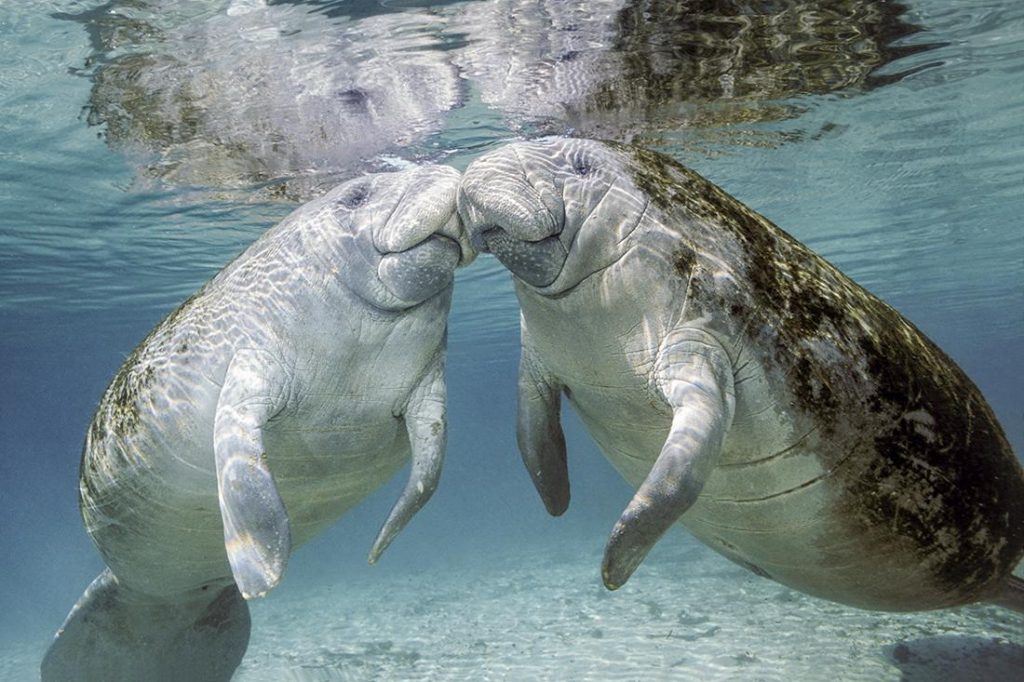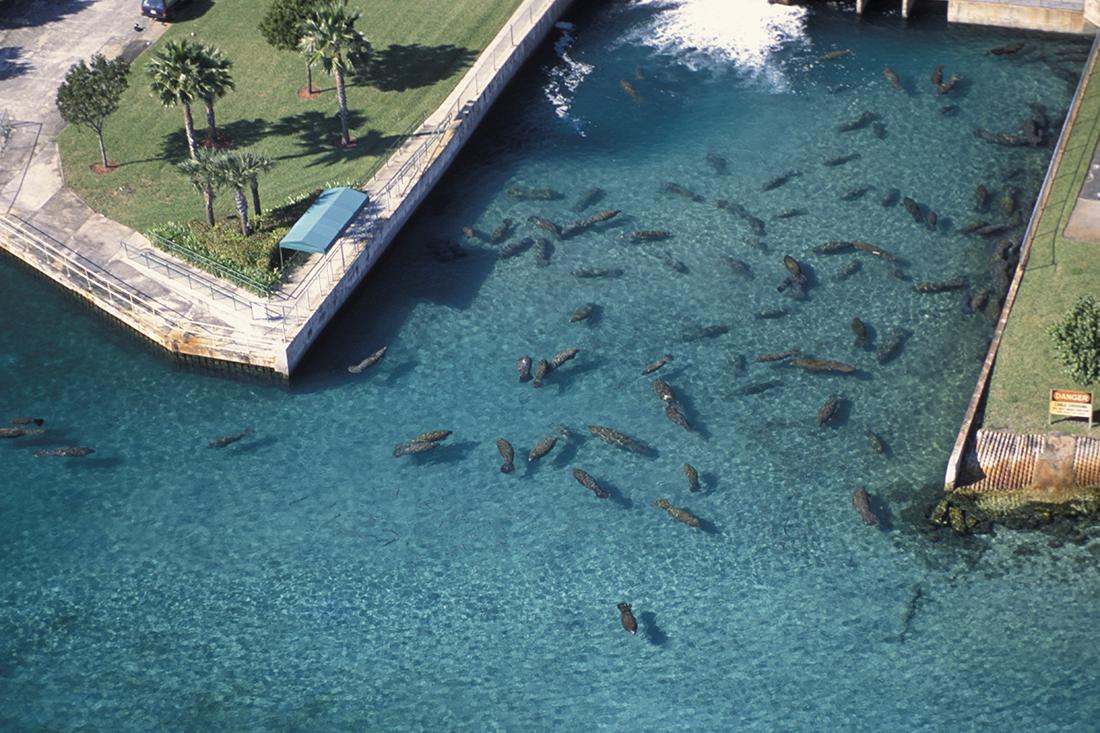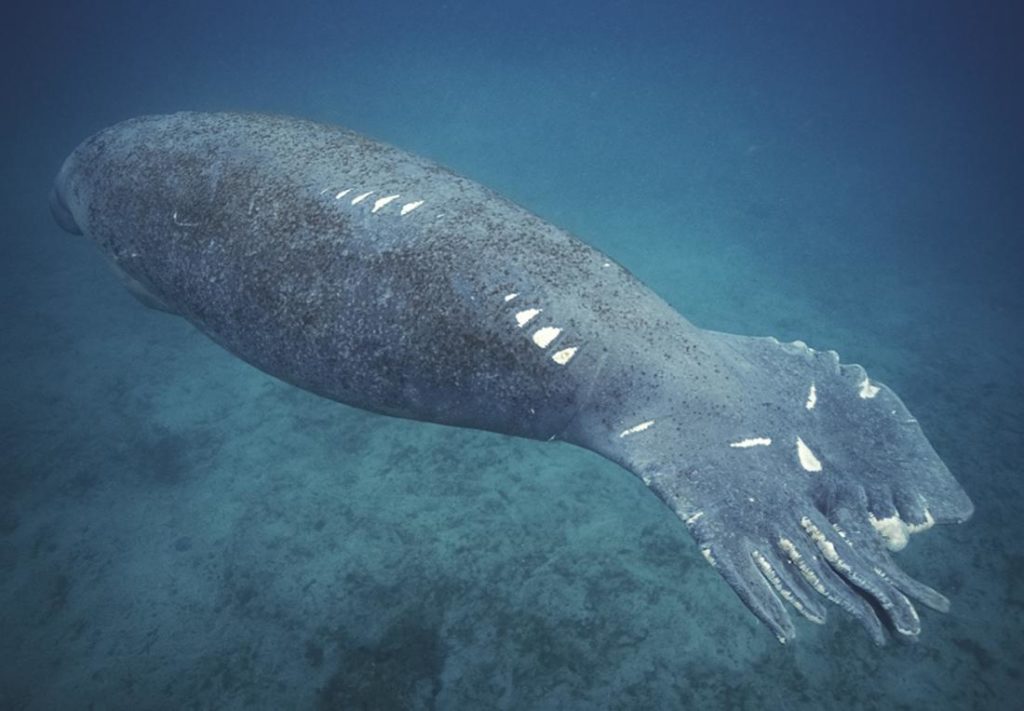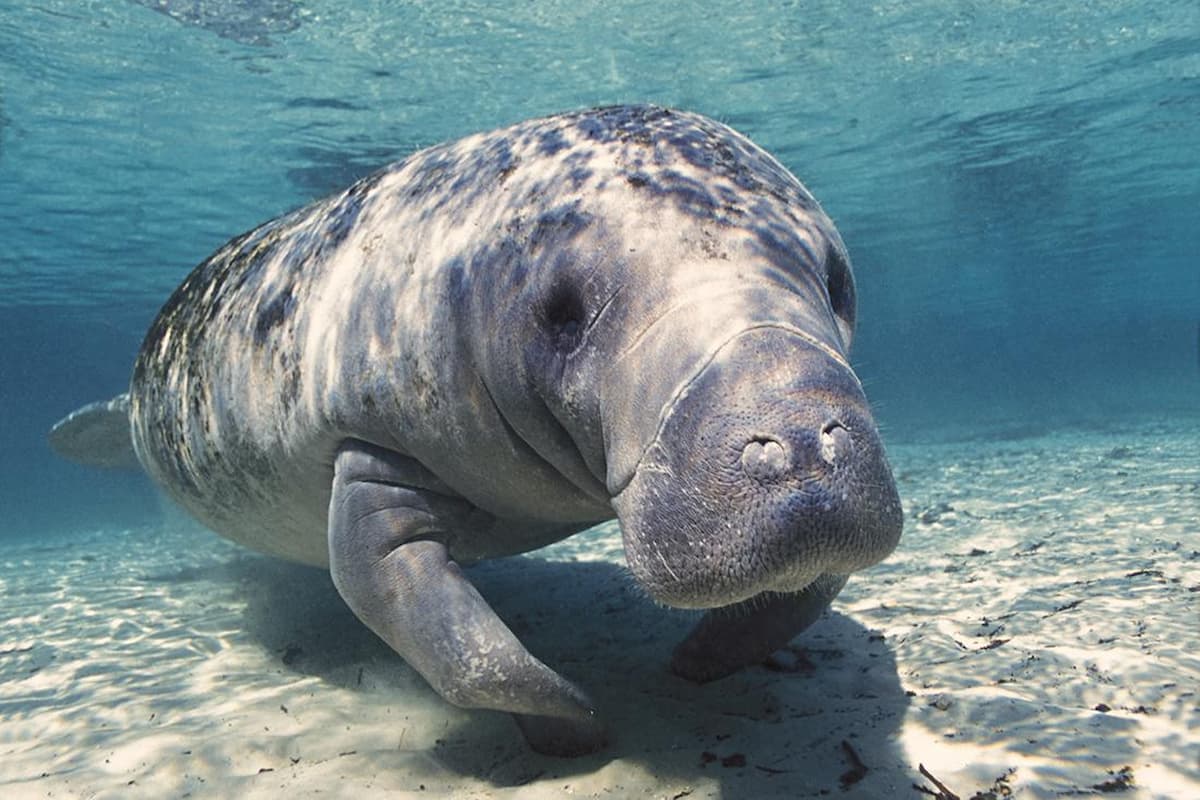2019 will go down as a particularly hard year for Florida’s manatees. According to the Florida Fish and Wildlife Conservation Commission (FWC) 2019 showed a recorded loss of 606 manatees.
To summarize the 2019 mortality report: 140 of the 606 were confirmed as death by cold stress and natural causes (which occurred between (Jan 1 and Dec 31). Another 136 deaths were sadly attributed directly to watercraft strikes while 11 deaths were the result of man-made mishaps (flood gates, entanglements, etc.). The remaining 330 were essentially chalked up as undetermined, which includes 71 perinatal deaths of manatee calves.

In retrospect, 2019 was the fourth worst year for these gentle marine giants over the past decade. A review of the FWC’s Preliminary Manatee Mortality Table spanning as far as 1974 shows that 2013 had the highest manatee mortality rates at 830 closely trailed by 824 deaths during 2018. There were 766 manatee deaths in 2010, which was also one of the coldest Januarys in recent Florida history, resulting in 200-plus cold stress related deaths.
Manatee mortality rates between 2010 and 2019
- 2019 – 606
- 2018 – 824
- 2017 – 538
- 2016 – 520
- 2015 – 405
- 2014 – 371
- 2013 – 830
- 2012 – 392
- 2011 – 453
- 2010 – 766
The Florida manatee (Trichechus m. latirostris) is a subspecies of the West Indian manatee (Trichechus manatus). It is an aquatic mammal highly dependent on warm water. Prolonged exposure to water temperatures below 68 F / 20 C can cause a condition called manatee cold-stress syndrome, which can result in death.
Habitat loss
Wildlife managers consider the loss of warm-water habitats to be one of the most significant long-term threats to the manatee population. These habitat losses include reduction of water flow from natural spring basins and changes in hot water discharges from state power plants.
This threat is seconded by watercraft collisions, which contributes to at least 35% of all Florida manatee deaths annually. The third greatest threat to the Florida manatee population is also the least talked about, the continued decline of natural habitat brought on by human encroachment in the form of land development and continued pollution to the state’s waterways.

Originally, the West Indian manatee was listed as endangered in the 1970’s under the Endangered Species Act. At this time it was believed that the total population was comprised of just several hundred manatees.
Over the past four decades significant efforts by federal, state, private, and nonprofit organizations in the state of Florida have initiated programs to effectively manage and protect manatees from natural and human-induced threats, in particular boating traffic.
On March 30, 2017, US Secretary of the Interior Ryan Zinke announced the federal reclassification of Florida’s West Indian manatee from endangered to threatened citing that the total population was substantial for a change in their listing. This is a perspective that could be called into question.
Population numbers
Although the population trends of the Florida manatee are relatively well monitored, the exact number of manatees is challenging to pin down. The most concerted census effort was performed in 2017 between the US Fish and Wildlife Service and the FWC; this effort employed such tactics as aerial surveys that generated a count of 6,782 individual manatees.
The overriding flaw with that number is that the results also relied on personal anecdotal information, thereby raising the chance that the true population count might be overestimated. Current estimates, based on the most recent aerial surveys conducted between January 2019 and February 2019, concluded approximately 5,733 manatees reside in Florida. Biologically, any species with a population count in that range is more than just threatened; when a population is that small there is a risk of inbreeding due to lack of genetic diversity.
What will 2020 bring?
In review of the FWC’s 2020 Preliminary Manatee Mortality Table, covering January 1 – 17 2020 shows the new year has gotten off to a rousing, sad start at 31 deaths. Of this 10 are attributed to natural causes, while the remaining are either directly man related or in the undetermined category. Taking into consideration that Florida is already heavily populated and still growing, the Florida manatee will have a hard road ahead. We shall see what 2020 will bring and can only hope for the best.

We can help
One of the ways to help Florida’s manatees is by getting involved with non-profit organizations like Save the Manatee Club – https://www.savethemanatee.org
You can download Save the Manatee Club’s 2019 Manatee Mortality and Rescue Statistics here.








